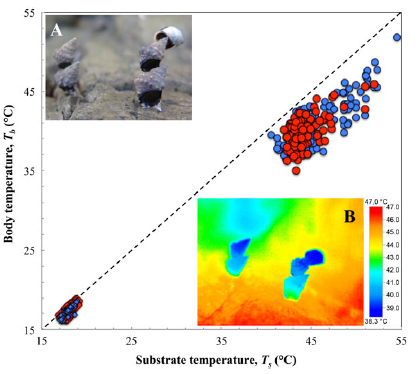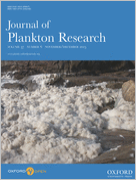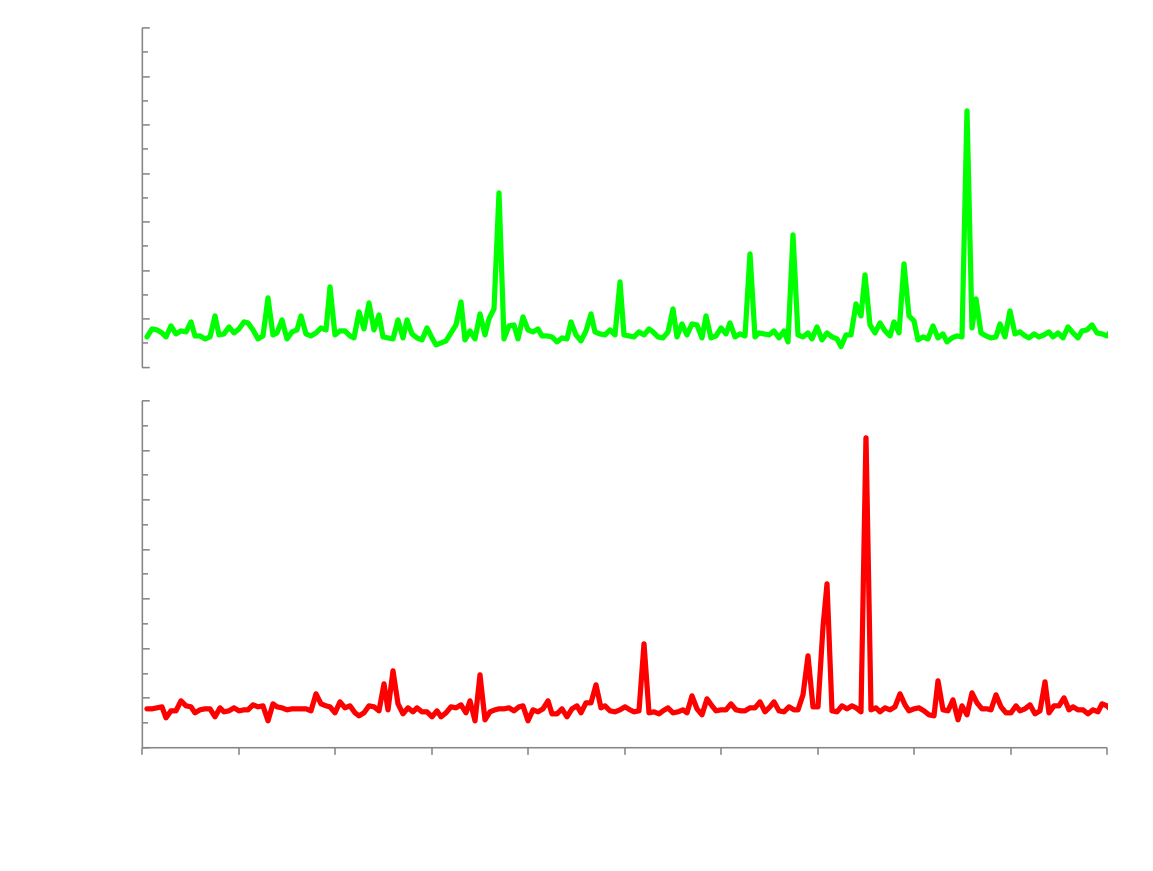Stress assessment in coastal dolphins The very last thesis chapter of my PhD student Nardi Cribb has been accepted for publication in the Journal of Experimental Marine Biology and Ecology. Congratulations Nardi!!!
This paper builds up on our early Physica A paper (PDF) that showed how fractal analysis revealed pernicious stress levels related to boat presence and type in the Indo-Pacific in bottlenose dolphin, Tursiops aduncus, when standard behavioral approaches based on e.g. mean dive durations did not. This paper investigates the complexity of T. aduncus dive duration patterns along a gradient of anthropogenic disturbance along South Australian coastal waters.
Cribb N & Seuront L (2016) Changes in the behavioural complexity of bottlenose dolphins along a gradient of anthropogenically-impacted environments in South Australian coastal waters: implications for conservation and management strategies. Journal of Experimental Marine Biology and Ecology, 482, 118-127. PDF
Specifically, while ne significant differences were ever found in dive durations, fractal analysis consistently identified significant differences in behavioral complexity. Behavioral complexity appears to be a function of environment and exposure to disturbance, and consistently decreases with increasing anthropogenic pressure. |
Illustration of the non-trivial difference existing between the complexity of the temporal structure of T. aduncus diving patterns recorded in the absence (green) and in the presence of boats (red). These differences become non-ambiguous and significant when explored through the fractal lens. |
 When intertidal snails feel the heat
When intertidal snails feel the heat
The results of my first collaborative work with Terence Ng (The University of Hong Kong, The Swire Institute of Marine Science, China) are published in the Journal of Molluscan Studies. This work uses infrared thermography to investigate the body temperature and substrate temperature of the high-shore littotinids Echinolittorina malaccana and E. radiata in a topographically simple though thermally extreme environment.
Seuront L & Ng TPT (2016) Standing in the sun: infrared thermography reveals distinct thermal regulatory behaviours in two tropical high-shore littorinid snails. Journal of Molluscan Studies, 82, 336-340. PDF
In winter, no postural behaviour was observed and no significant differences were found between substrate and body temperature. In contrast, in summer, the postural behaviors (i.e. shell-standing and shell-towering) increased convective cooling, and led to body temperatures that were on average 2.6 to 10.3°C cooler than their substrate for E. malaccana, and 2.7 and 7.8°C for E. radiata, depending on snail postural behaviour.
Invited speaker at the Hopkins Marine Station of Stanford University (December 2015)
1. Talk 1 "Fractal and Multifractals in Ecology"
2. Talk 2 "Understanding the nature of foraging: fractal bugs, the math behind them, and what we can actually learn from behavioral complexity"
 Towards a more viscous plankton research
Towards a more viscous plankton research
Newly published article in the Journal of Plankton research (Volume 37 , Issue 6 November/December 2015):
Jenkinson IR, Sun XX & Seuront L (2015) Thalassorheology, organic matter and plankton: towards a more visous approach in plankton ecology. Journal of Plankton Research, 37(6), 1100-1109 (PDF)
This paper briefly reviews the field of thalassorheology (i.e. the science of rheology applied to seawater), advocates that the future of this discipline lies in a closer collaboration between ocean scientists and rheologists, and aims at guiding the formation of interdisciplinary teams.
This is publication #2 of the RheFFO Working Group.
